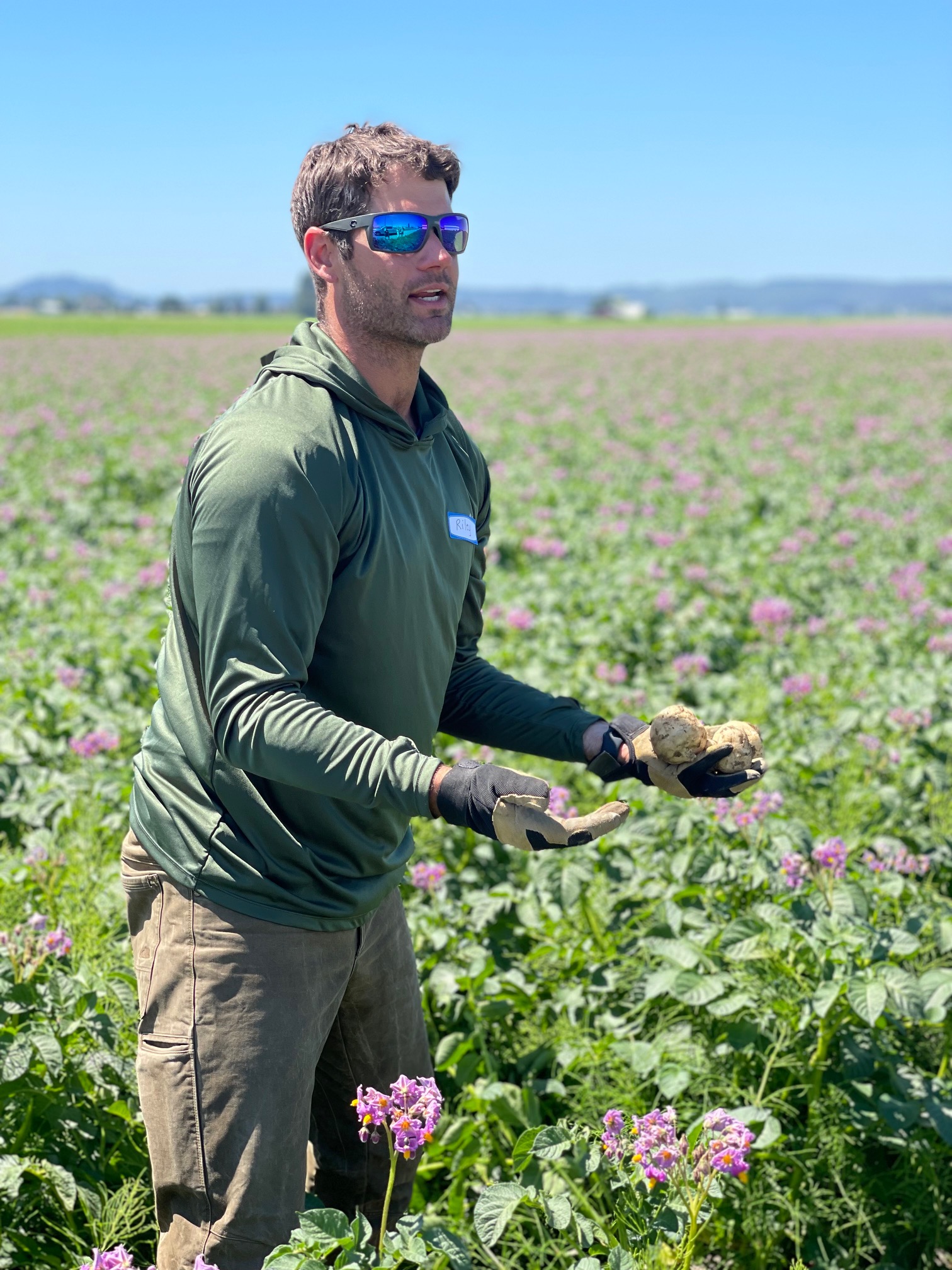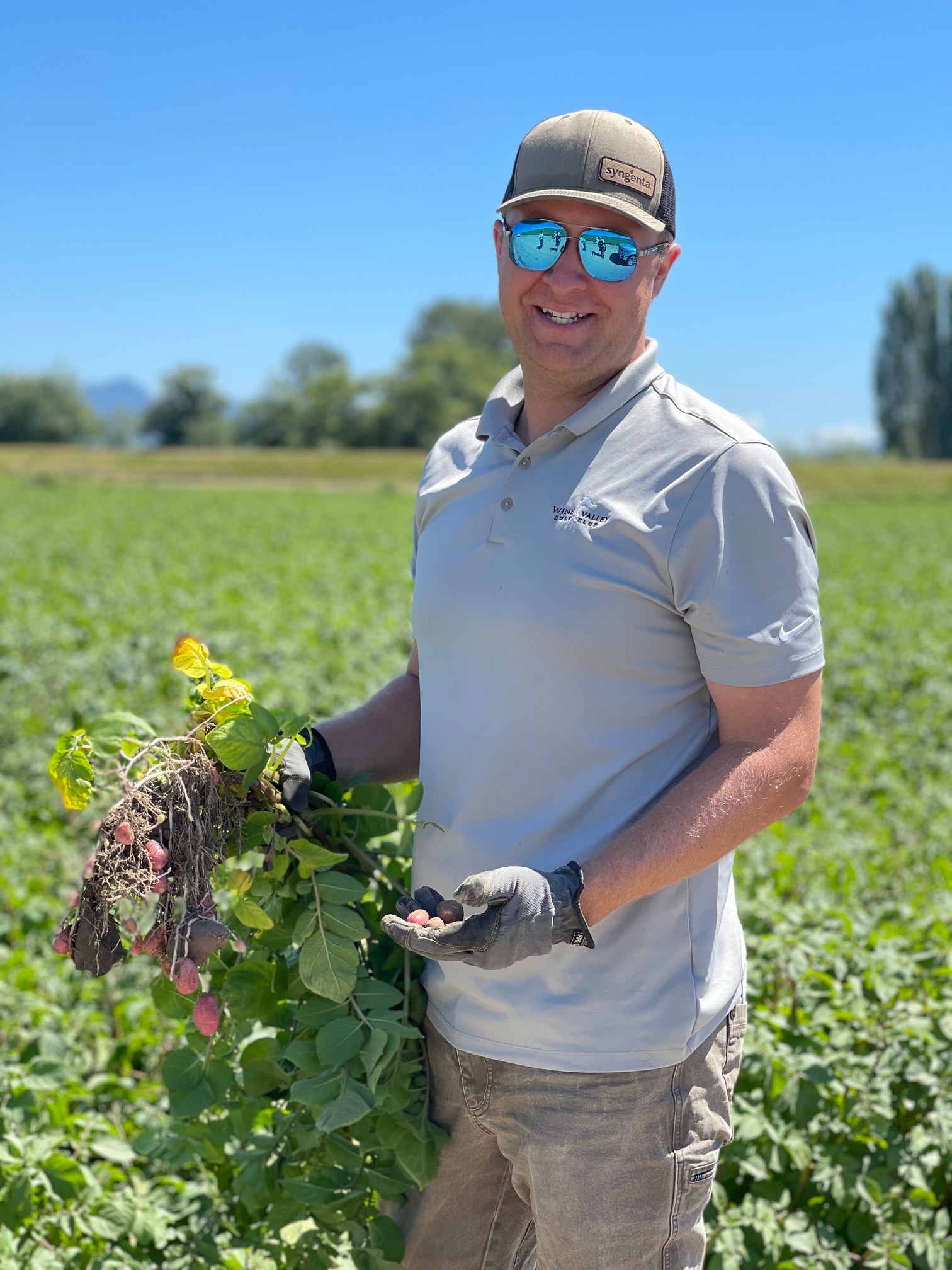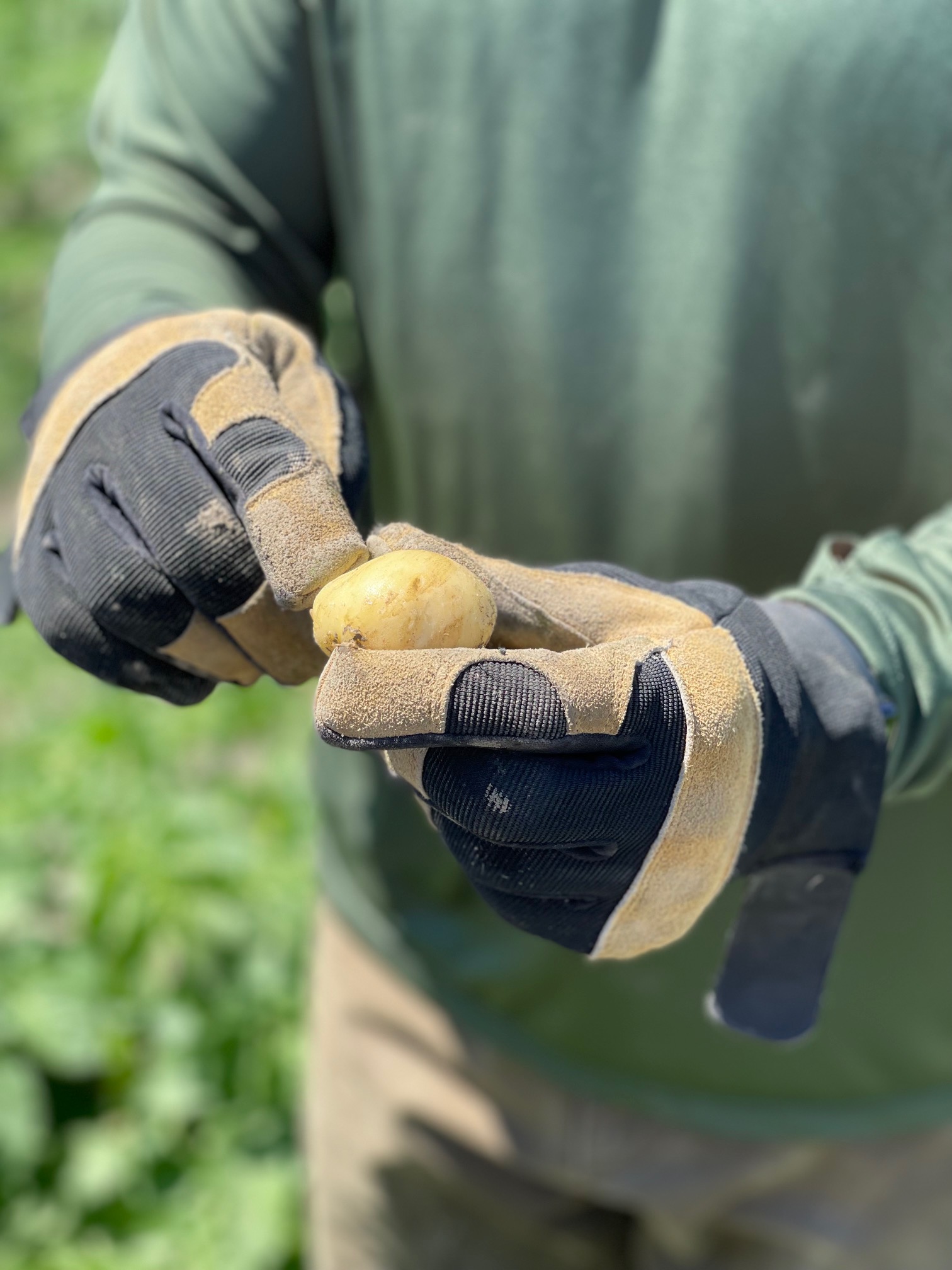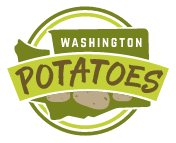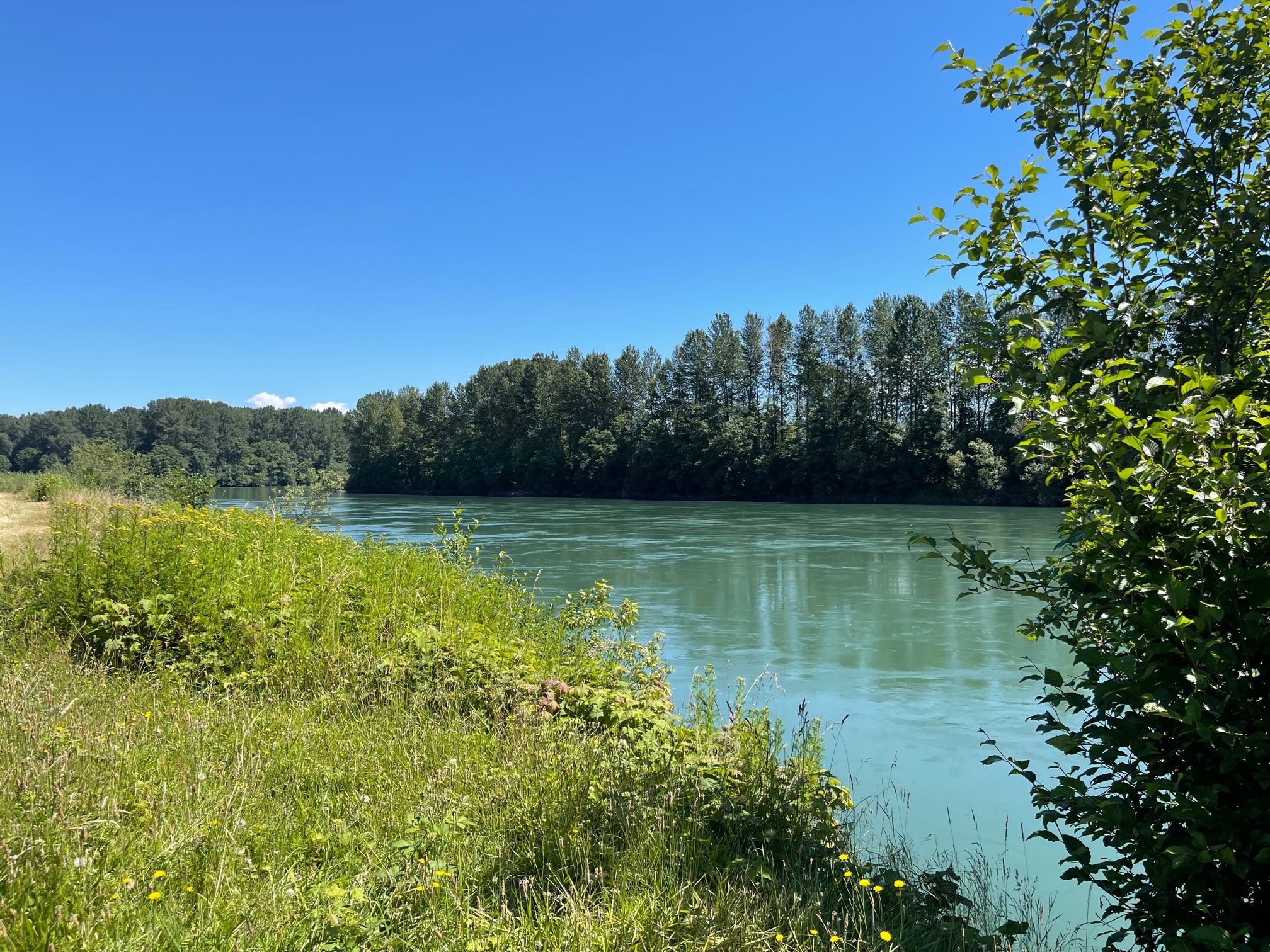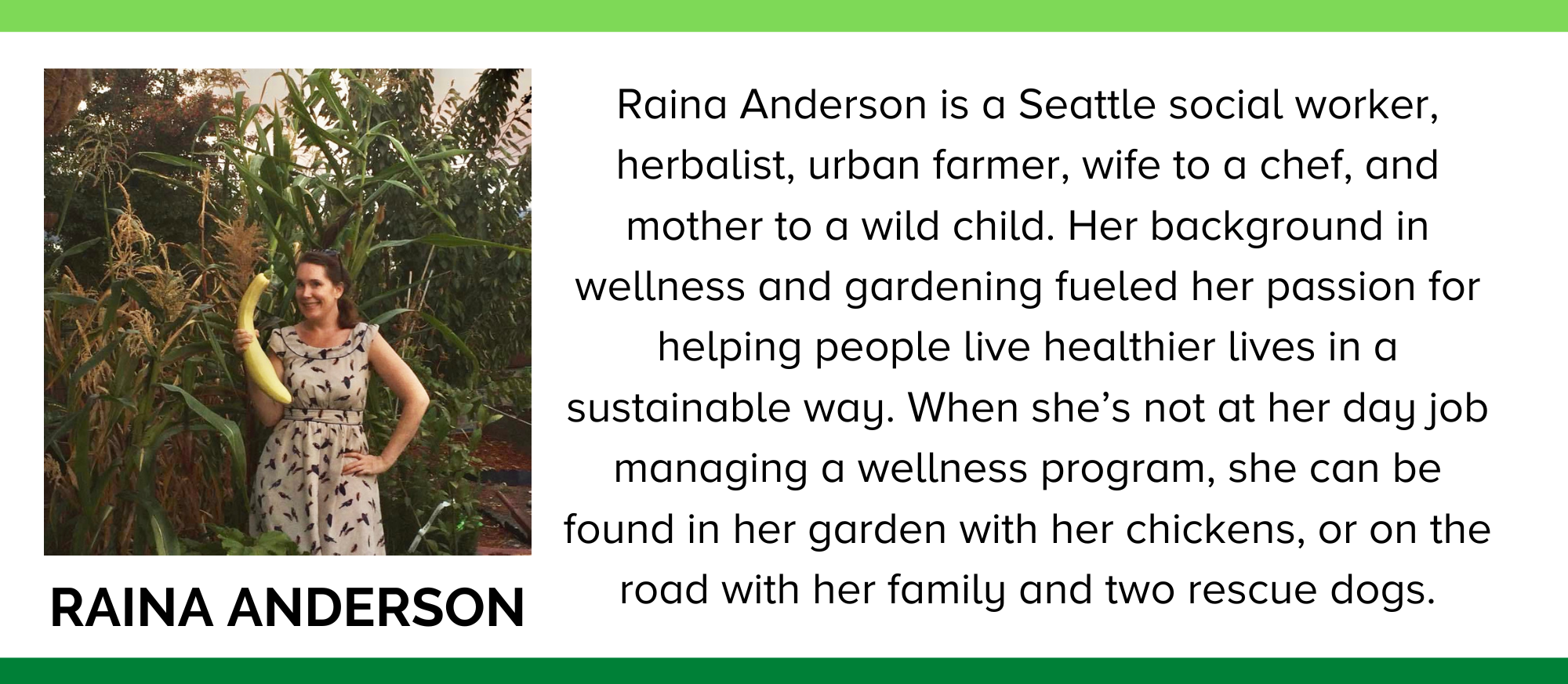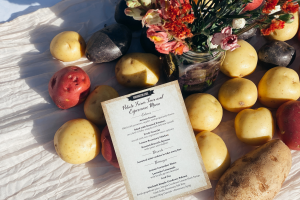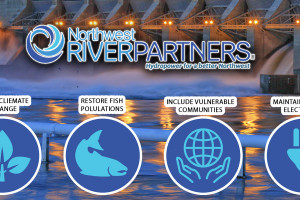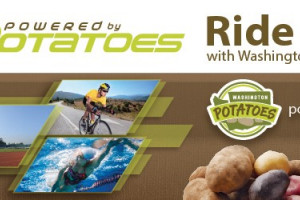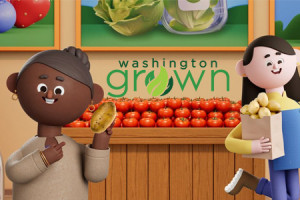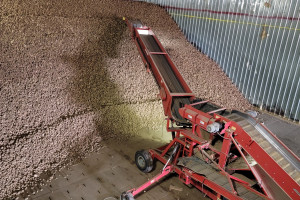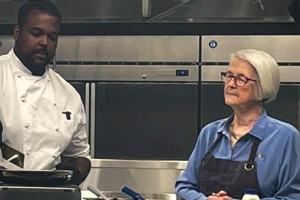The Science Behind Groundwater Levels and Soil Health
There is something special about the Skagit Valley; the way the air smells clean, the land gives under your feet with a sense of purpose and hope for new growth. Having family that farmed here for generations, I know the worth of this valley. I know how the Skagit River curves its way gently through rolling hills and green pastures, providing the valley with nutrients and vital water to nurture the land. With all of that, it is no surprise that some of the states most amazing produce comes from these lands, worked by multi-generational farmers like Riley Jungquist of Maplewood Farm and Kraig Knutzen of Knutzen Farms. These farms, like so many of the land stewards of the Skagit Valley, are invested in finding the most sustainable way to farm, leveraging technology into farming practices that allow these farms to have increased yield and efficiency – which means more produce for all of us!
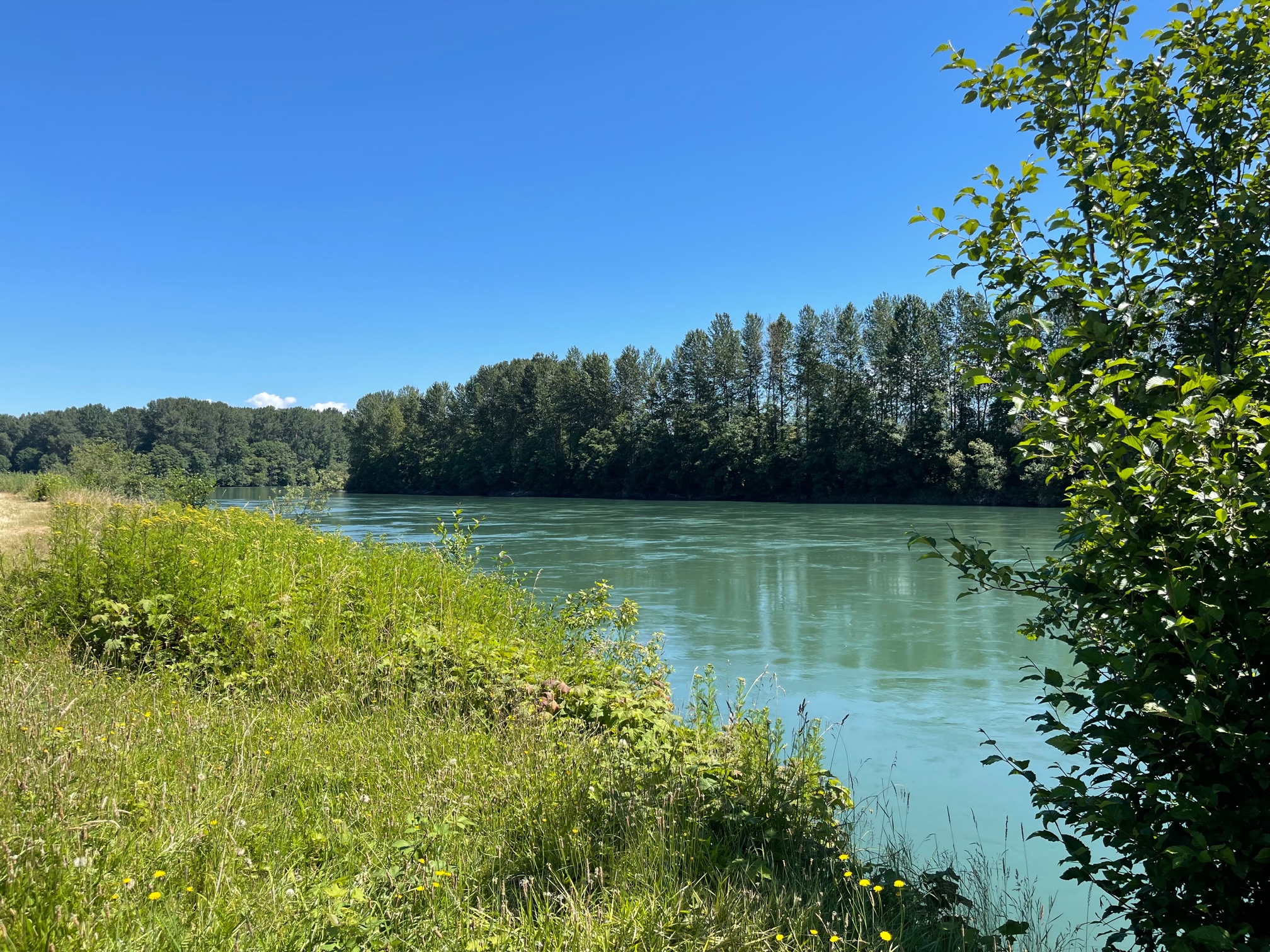
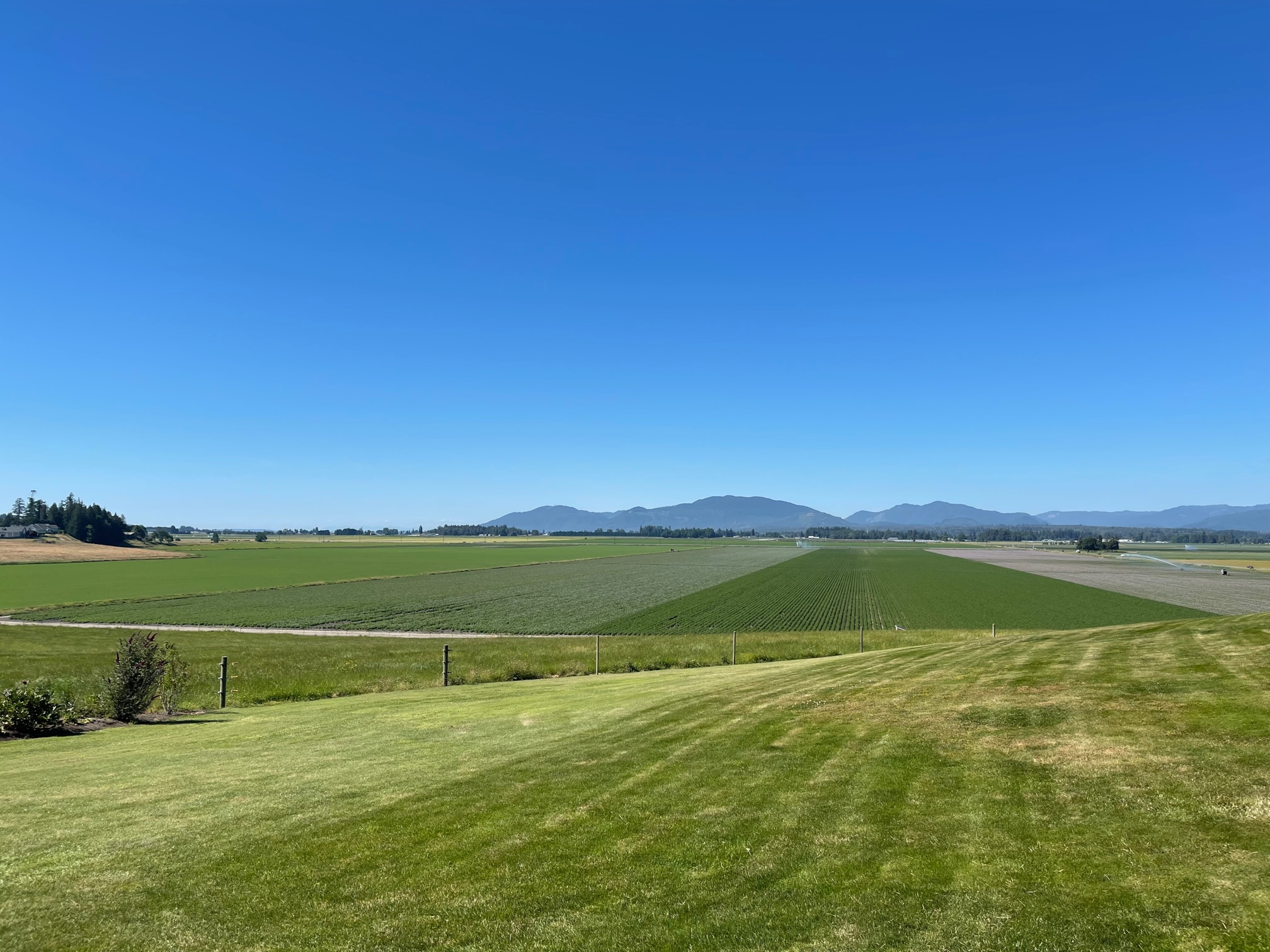
A large part of the success of the crops is due to pump systems which were installed in 2014 that bring water from the Skagit River, the 3rd largest river on the West Coast. The water is moved 24 hours a day through a series of pumps, hoses, and ditch systems, driving water to farm lands in the area. This system has allowed farms to move off well water, which can be variable and admittedly, not sustainable.
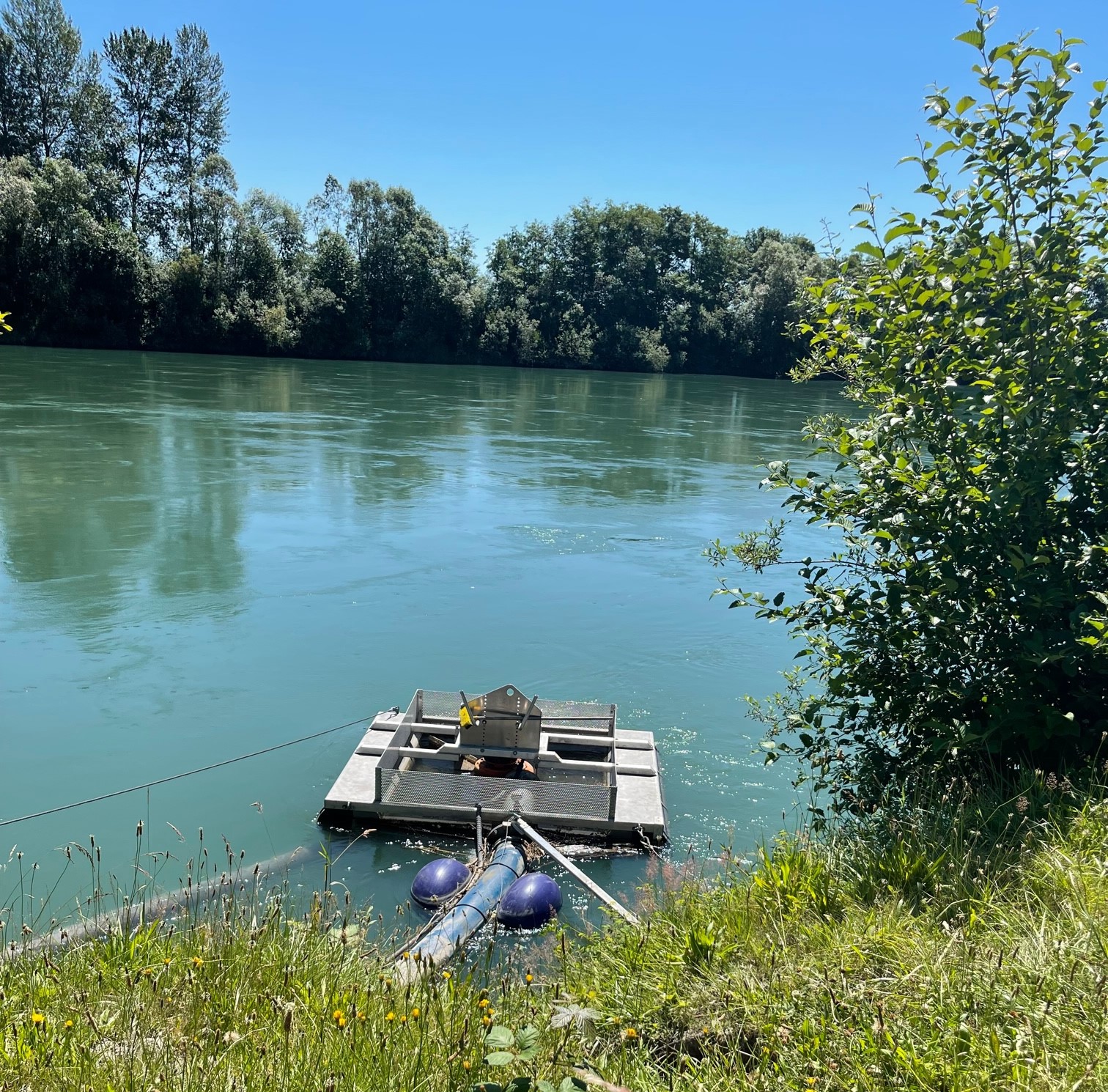
During the months of May through August, when the river is at its highest levels, water is pumped at a 10,000 gallons per minute and is then carried out to tens of thousands of farmable acres. Culverts are closed or opened to direct flow to where the water is needed, reducing waste, and ensuring the water is best used, or even reduced and stopped if rain is plentiful enough. Efforts are taken to watch water levels, through measure points along the river, to make sure that there are no impacts to fish like salmon or other wildlife that rely on the river.
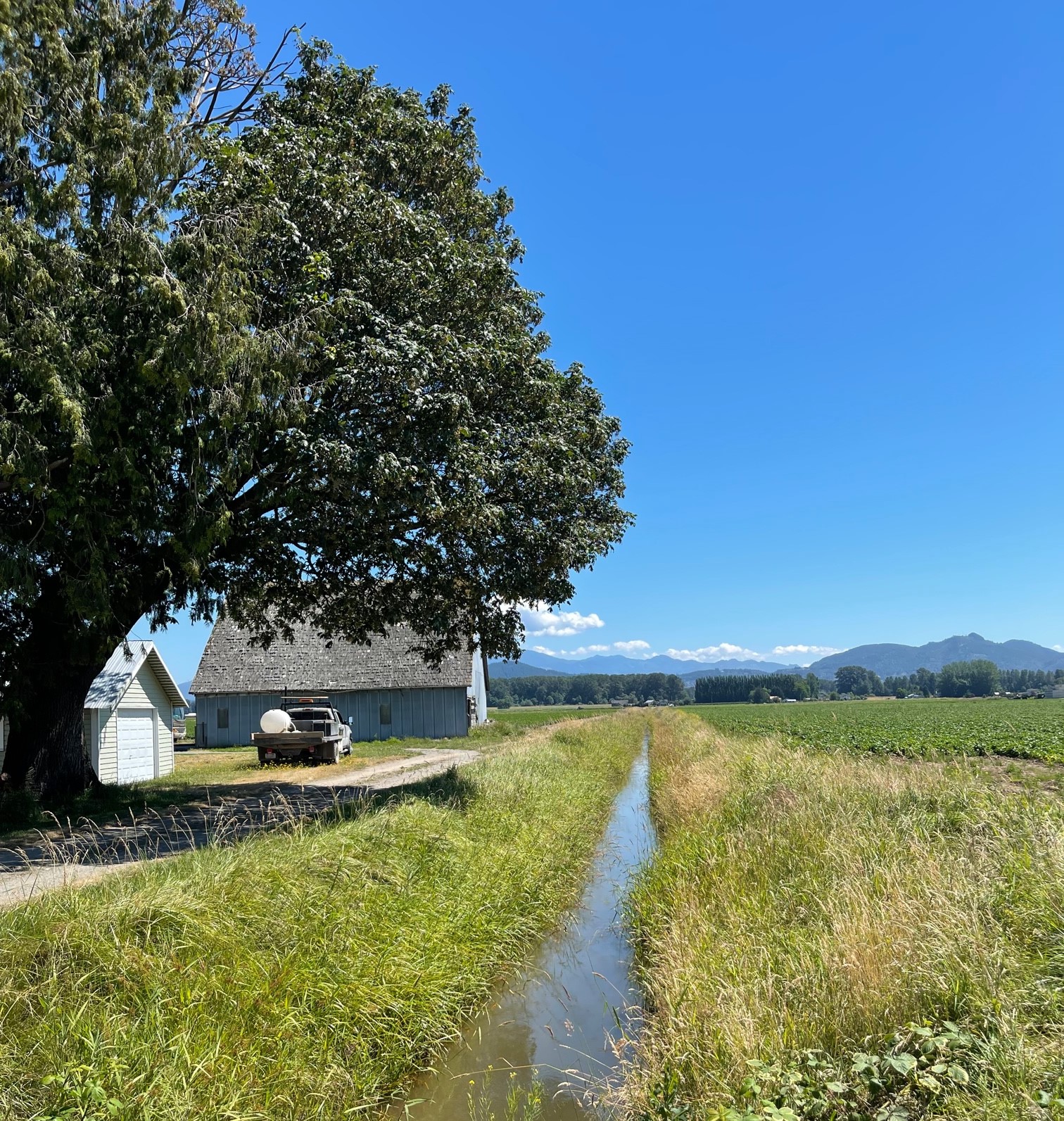
The benefits from these efforts are seen in the consistent groundwater levels and soil health which produce healthy crops like the Washington Potatoes grown at Knutzen Farms and Maplewood Farm. The science and time spent on these tasks builds on the work and learnings of the previous generations, coupled with ever-changing technology means that these farmers are not short-term thinkers and planners – they have been and continue to be invested for the long term, planning years in advance for the best crop yield and quality. They are out in the fields for long hours, completing soil and crop nutrient tests, and out at the pumps making sure the amount of water brought in is adequate.
They are eating the same foods with their families, hoping you all do too and that you can taste the hard work, passion and time that went into each potato, whether it is the buttery yellows from Knutzen Farms or those beautiful purple potatoes from Maplewood Farm. Each farmer we spoke with said it consistently, that while not everyone knows exactly where their food comes from and not everyone knows a farmer, but they knew that everyone deserves to eat good food that is grown well.
